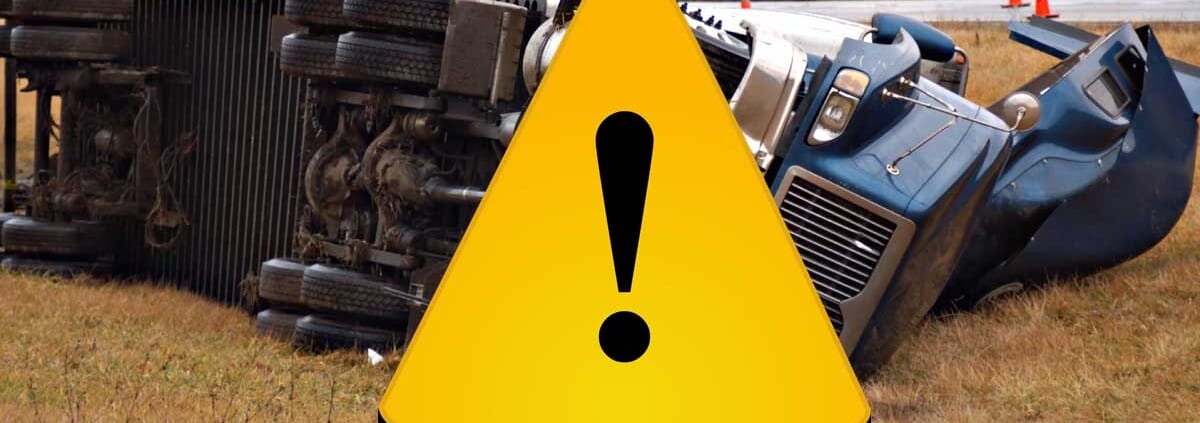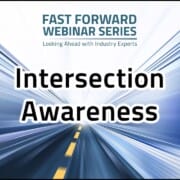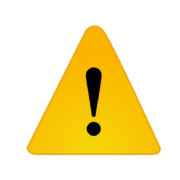What Leads to Distracted Driving Events
What Leads to Distracted Driving Events?
An average of 3,000 people are killed in accidents involving distracted driving each year. That’s about 9 people every day.
While most people think of cellphone use when they think of distracted driving, cellphones are not the only thing that causes distractions. Anything that takes your attention away from what you are doing is a distraction.
This means anything that takes your eyes off the road, your hands off the wheel, or your mind off driving is a distraction.
So, what are some of the common distractions people face on the road? There are 5 distractions that account for the largest number of accidents on the road.
Mind Wandering
People getting lost in thought while driving account for 62% of distraction-related accidents and is the leading cause of distracted driving deaths. This can include getting lost in music or podcasts.
It is very easy to lose concentration while driving, especially on long trips. The problem is, if you lose concentration going highway speeds, you are more likely to do harm to someone else or yourself.
Cellphone Use While Driving
Cellphone use is the second leading distraction-related cause of death on the road. With truck drivers, these incidents of distracted driving happen most often on weekdays, especially Mondays and Fridays.
This is likely because drivers are responding to work-related communications that they feel obligated to handle quickly.
43% of people have admitted to communicating with work as they were driving. Of those, 38% were talking on the phone, 17% were texting, and 10% were emailing.
Focus Drawn to Outside Occurrences
While many people think of passengers as being a potential distraction, outside people, events, or even objects are more likely to lead to an accident. 7% of distraction-related accidents occur because a driver began focusing on something happening outside of the vehicle.
Traffic safety messages fall into this type of distraction. A study found that drivers are 4.5% more likely to get in a crash within 6 miles of one of these signs. This can also include watching for a place to pull over or checking out a wreck as you drive by.
Reaching for Objects in the Vehicle
2% of all distracted-related accidents occur when people reach for something in their vehicle. This action causes you to remove your eyes from the road and your hands from the steering wheel.
The most common object reached for is the phone, but it can be any object that requires you to take your attention away from what you are doing. Reaching for objects makes you 9 times more likely to end up in an accident.
Eating or Drinking While Driving
This distraction is closely related to the previous one. Eating and drinking require you to take your attention off the road and your hands off the wheel, yet 70% of people admit to eating or drinking while they drive.
This distraction accounts for another 2% of accidents. Of course, drivers are busy, and they have a schedule they need to meet, but time should be factored into their schedule to stop and eat so they don’t put themselves or others in danger.
How Can You Reduce Distractions?
This list of distractions is not comprehensive. Remember, anything that takes your focus off the road is a distraction and should be avoided whenever possible.
You can help your drivers reduce the number of distracted driving events though. Reward good behavior for one. You can give public recognition or try another incentive program to help motivate better driving behaviors.
You can also provide consistent, ongoing training to remind drivers of the dangers of distracted driving and the importance of remaining focused.
Trucking 52 provides online training that’s easy and convenient for you and your drivers. Training can be accessed from any device with an internet connection, and training videos are short, concise, and proven to increase comprehension and retention.
Schedule a demo to see for yourself how trucking 52 can give you the solutions you need for safety.










